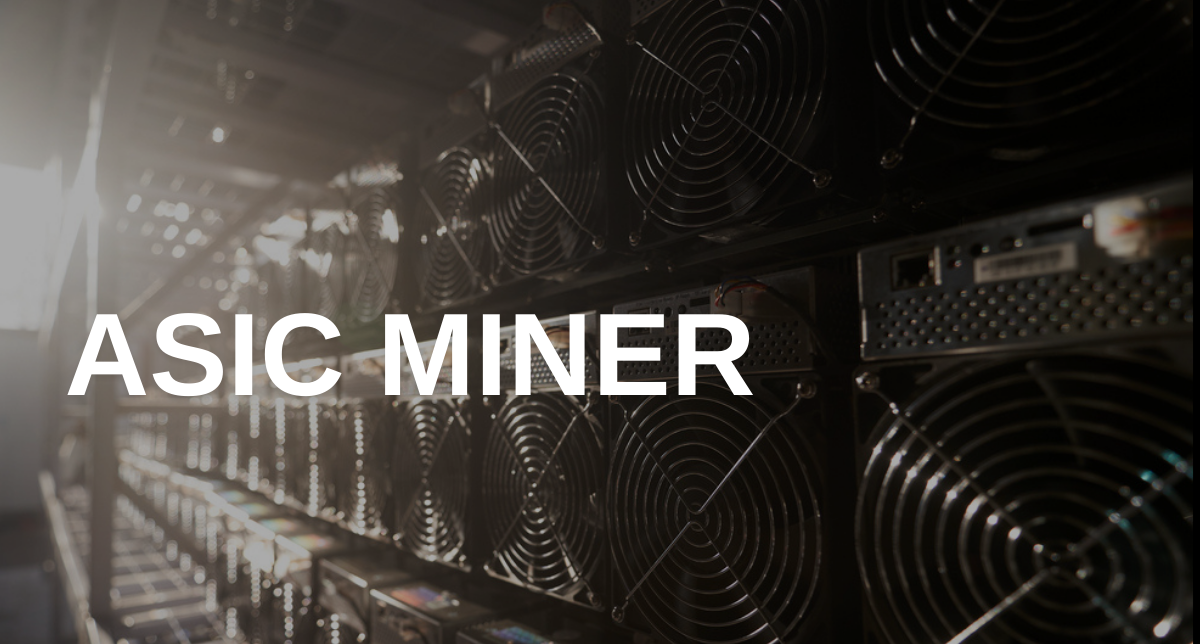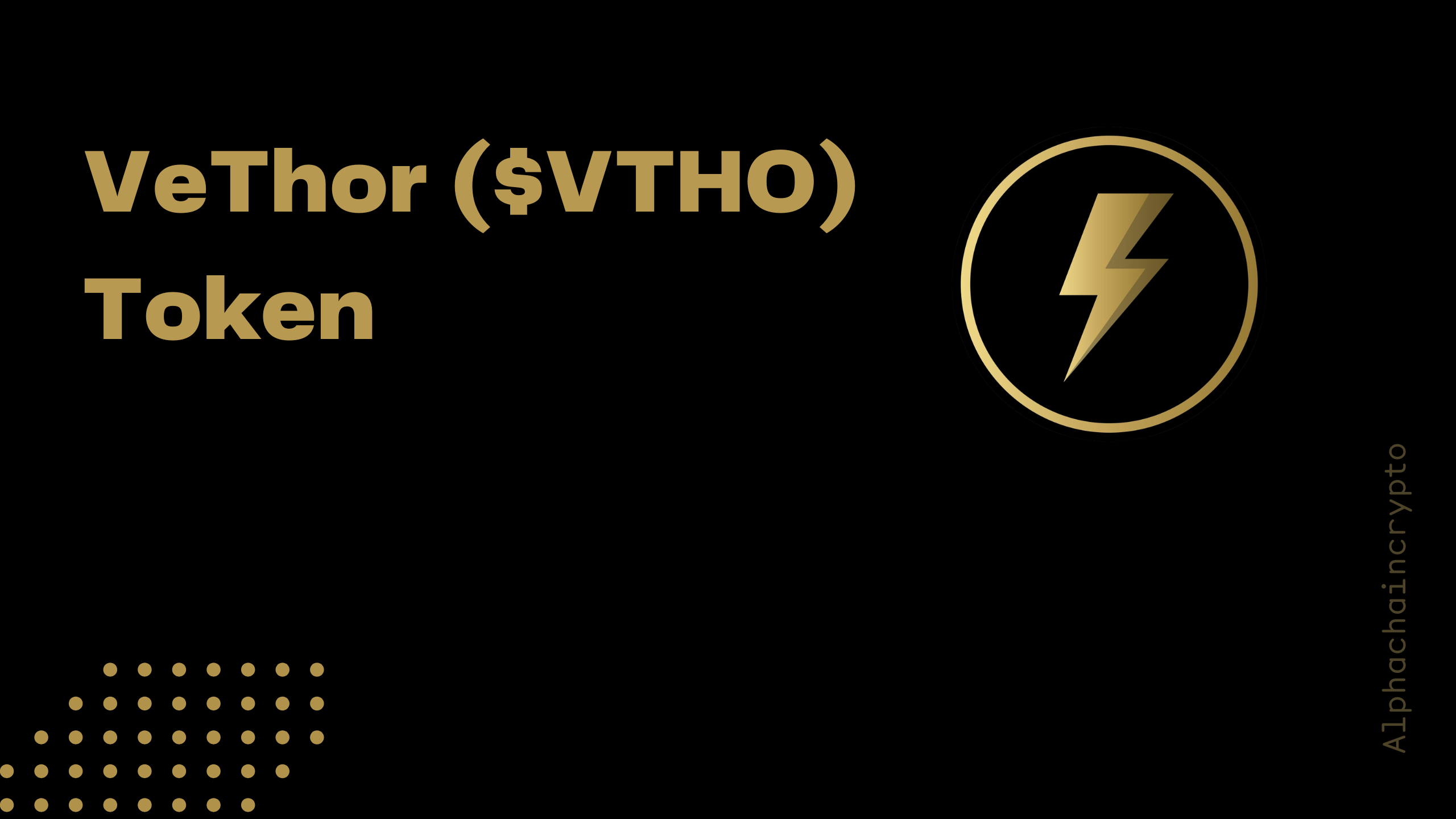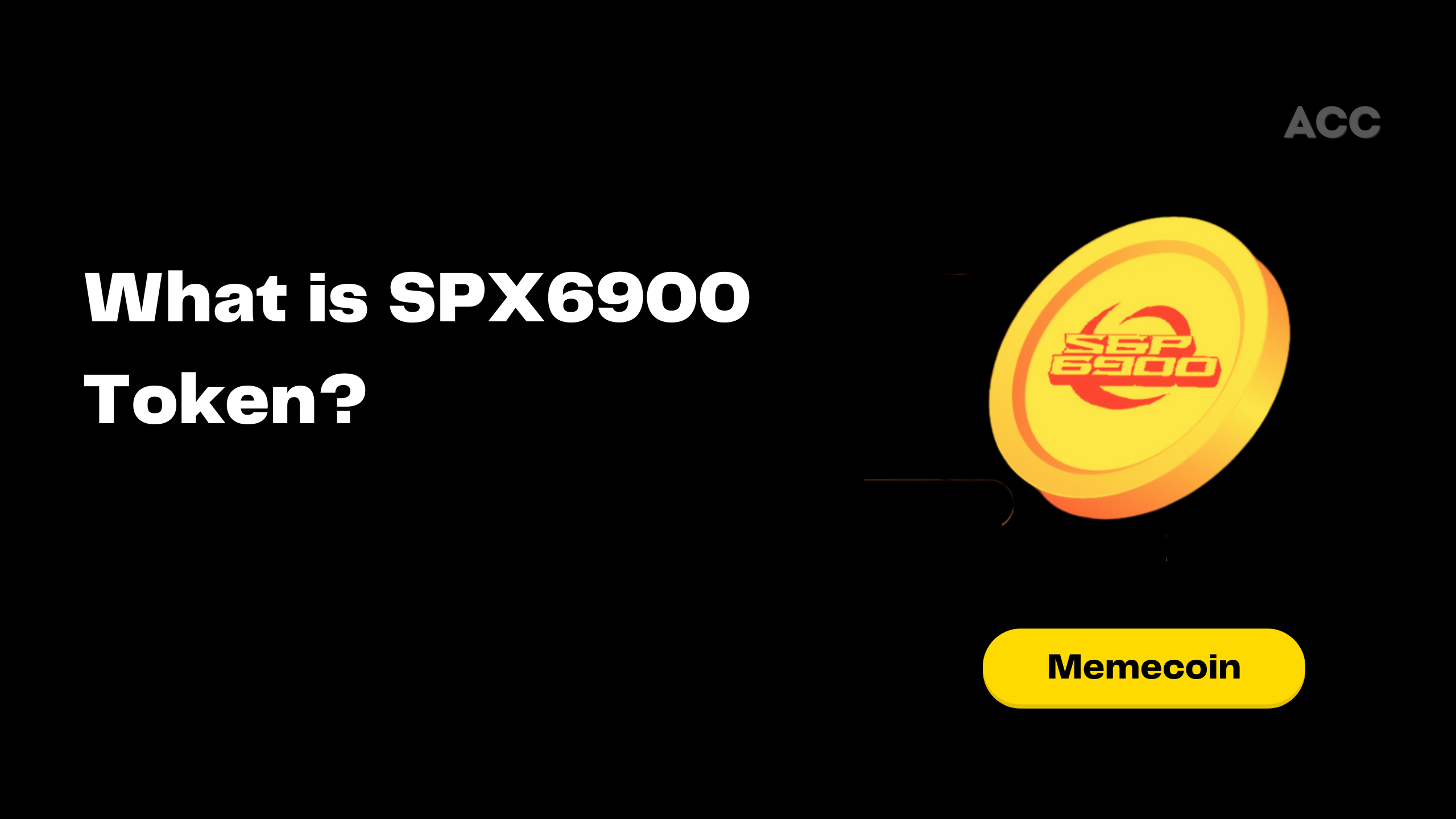An ASIC miner (Application-Specific Integrated Circuit miner) is a specialized hardware device designed for the sole purpose of mining cryptocurrencies. Unlike general-purpose devices like CPUs and GPUs, ASIC miners are built with dedicated chips optimized for solving the specific mathematical problems required by a particular blockchain’s consensus mechanism, typically Proof of Work (PoW). These devices offer unmatched efficiency and speed in mining, making them the go-to equipment for large-scale operations in networks such as Bitcoin.
What is ASIC Mining?
ASIC miners perform the mining process, where they solve complex cryptographic puzzles to validate transactions on a blockchain. Miners compete to solve these puzzles, and the first one to solve it gets to add a new block to the blockchain. As a reward, the miner receives a fixed amount of cryptocurrency (e.g., Bitcoin block rewards).
ASIC mining became a game-changer in the industry because ASICs outperform traditional CPU and GPU miners, offering more computational power with lower energy consumption.
How Does an ASIC Miner Work?
An ASIC miner is designed to perform only one function: solve the cryptographic hash problem associated with a particular blockchain. For example:
- Bitcoin ASICs solve the SHA-256 hashing algorithm to mine Bitcoin.
- Litecoin ASICs solve the Scrypt algorithm, which is different from Bitcoin’s.
Here’s how it works:
- Connect to a Mining Pool or Network: The miner connects to the blockchain or a mining pool where it contributes its computational power.
- Solving Hash Puzzles: The ASIC miner repeatedly calculates possible solutions to the hashing problem as fast as possible.
- Block Validation and Rewards: When the miner successfully solves the puzzle, it helps validate the block. If successful, the miner receives block rewards and transaction fees.
Types of Cryptocurrencies Mined with ASIC Miners
Not all cryptocurrencies can be mined using ASIC miners. Some blockchains use ASIC-resistant algorithms to promote decentralized mining. However, several popular cryptocurrencies can be mined with ASICs, including:
- Bitcoin (BTC): Uses the SHA-256 algorithm.
- Litecoin (LTC): Uses the Scrypt algorithm.
- Bitcoin Cash (BCH): Forked from Bitcoin, it also uses SHA-256.
- Dash: Uses the X11 algorithm.
Benefits of ASIC Miners
- High Efficiency: ASIC miners are designed for specific algorithms, making them far more efficient than CPUs or GPUs.
- Faster Hashing Power: They deliver higher hash rates (calculations per second), increasing the chances of mining new blocks.
- Lower Energy Consumption: Compared to GPU or CPU mining, ASIC miners offer better performance with less power usage.
Drawbacks of ASIC Miners
- High Initial Cost: ASIC miners are expensive, with top models costing thousands of dollars.
- Limited Flexibility: Each ASIC miner is optimized for a specific algorithm, meaning it can only mine certain cryptocurrencies.
- Obsolescence Risk: As new, more powerful models are released, older ASIC miners quickly become less competitive.
- Centralization Concerns: ASIC mining often leads to centralization, as only miners with access to expensive hardware can compete effectively. This contradicts the ideal of decentralization in blockchain networks.
Popular ASIC Miner Models
Several manufacturers lead the market in ASIC mining hardware. Some popular models include:
- Bitmain Antminer S19 Pro: One of the most powerful Bitcoin miners available.
- MicroBT Whatsminer M30S: Known for its efficiency and hash rate.
- Canaan AvalonMiner: A trusted option with competitive performance.
- Innosilicon A10 Pro: Used for Ethereum mining before the transition to Proof of Stake.
ASIC Mining vs. GPU Mining
| Feature | ASIC Mining | GPU Mining |
|---|---|---|
| Efficiency | Higher hash rate and lower power usage | Lower hash rate, higher energy usage |
| Flexibility | Limited to specific algorithms | Can mine multiple cryptocurrencies |
| Cost | High initial investment | More affordable hardware options |
| Longevity | Quickly becomes outdated | GPUs have longer lifespans |
| Use Case | Bitcoin, Litecoin | Ethereum (before PoS), altcoins |
Is ASIC Mining Profitable?
The profitability of ASIC mining depends on several factors:
- Electricity Costs: Since ASIC miners consume electricity 24/7, cheap power is crucial for profitability.
- Cryptocurrency Prices: The value of mined coins directly affects profits.
- Network Difficulty: As more miners join a blockchain, the difficulty increases, requiring more computational power.
- Hardware Depreciation: Newer, more powerful ASICs are released regularly, reducing the competitiveness of older models.
Tools like mining profitability calculators can help estimate potential profits based on hash rate, electricity costs, and current coin prices.
Conclusion
ASIC miners are specialized hardware designed to mine cryptocurrencies efficiently by solving specific algorithms. While they offer unmatched performance compared to general-purpose hardware like GPUs, they come with drawbacks such as high costs, limited flexibility, and concerns about centralization. For those looking to mine Bitcoin or other ASIC-compatible cryptocurrencies, access to affordable electricity and the latest mining models is essential to remain profitable in an increasingly competitive landscape.

A.k.a – alpha girl. Vinita is the founder of Alphachaincrypto. An English Lit Majors, Vinita bumped into Web3 in 2020 only to realise that tech was her calling. Later, Mathreja worked for some notable brands like Near Education, Biconomy, CoinDCX and top of the line crypto start ups.





